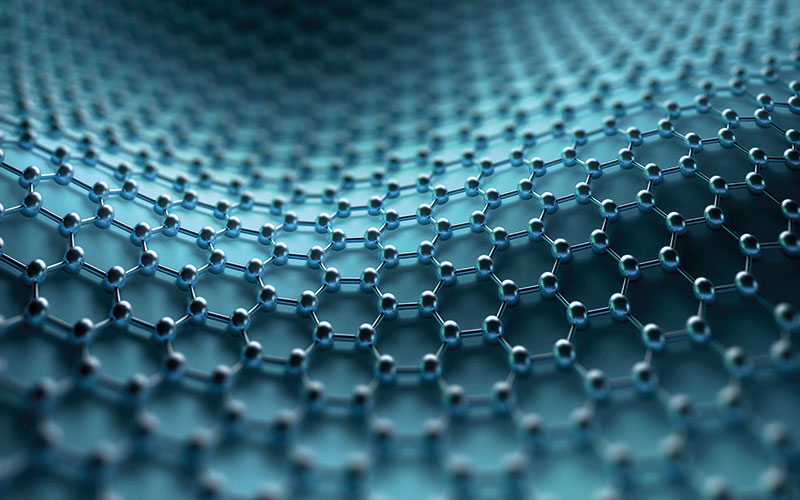Graphene-based biosensors could usher in an era of liquid biopsy for detecting DNA cancer markers circulating in a patient’s blood or serum.

Current designs need a lot of DNA, but a new study finds that crumpling graphene makes it more than ten thousand times more sensitive to DNA by creating electrical “hot spots”.
The discovery was made by researchers at the University of Illinois at Urbana-Champaign.
Crumpled graphene could be used in a wide array of biosensing applications for rapid diagnosis, the researchers said.
Study leader Rashid Bashir, Professor of Bioengineering, said: “This sensor can detect ultra-low concentrations of molecules that are markers of disease, which is important for early diagnosis.
“It’s very sensitive, it’s low cost, it’s easy to use, and it’s using graphene in a new way.”
While the idea of looking for telltale cancer sequences in nucleic acids, such as DNA or its cousin RNA, isn’t new, this is the first electronic sensor to detect very small amounts, such as might be found in a patient’s serum, without additional processing.




